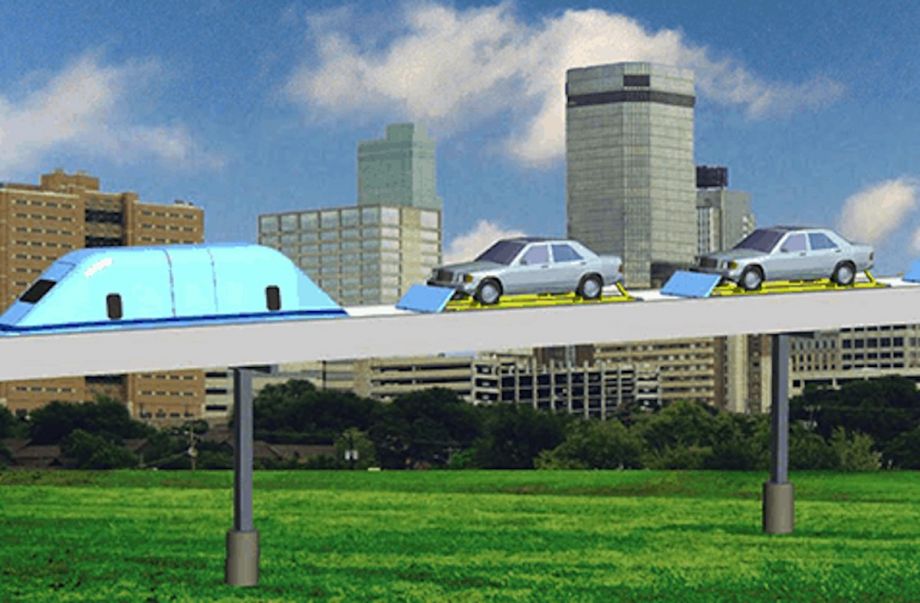 Posted Aug 8, 2015, 2:51 AM
Posted Aug 8, 2015, 2:51 AM
|
 |
Registered User
|
|
Join Date: Aug 2002
Location: Toronto
Posts: 52,200
|
|
|
Texas Tinkerer “Takes Apart” Surface Transportation
Texas Tinkerer “Takes Apart” Surface Transportation
AUGUST 7, 2015
BY SANDY SMITH
Read More: https://nextcity.org/daily/entry/tex...rail-solutions
Website: http://roamtrans.com/
Quote:
.....
Few Americans would want to live at Hong Kong, Singapore or Tokyo densities, so the Hong Kong approach to profitable rail transit is out of reach in the United States, even if “value capture” were to become more widespread. But there is someone out there who has been hard at work coming up with a rail transit technology that can pay for itself, even in an American context.
- Kirston Henderson, an engineer in Fort Worth, Texas, is the founder and CEO of ROAM Transport Systems, a company that has developed a modular fixed-guideway transit system. Henderson says it can be built with minimal public funds and can cover its own operating and maintenance costs out of fare revenues. --- The system, which comes in small-, medium- and large-capacity versions, is an elevated rail transit system he developed in order to solve two problems he saw in transporting goods and people: the high cost of building urban freeways and the higher cost of building urban rail.
- The problem, as he saw it, was that both fast highways and fast trains were too costly and inefficient. Much of the cost of a freeway goes into laying down concrete that tires will almost never actually touch, while rail transit systems all require subsidies to build and run. --- “I analyzed the problem and came up with a number of requirements. It had to be able to climb hills in all weather” — something no steel-wheel technology can do. “It needed to move cargo, to provide point-to-point transportation for people in their individual cars, and it needed to provide both local transportation and high-speed intercity transportation.
- The solution he developed is a cousin of the rubber-tired metro technology developed in France and found on subways in Paris, Mexico City and Montreal. The difference is that Henderson’s system is essentially two one-tire-wide highways enclosed in box culverts. The rubber-tired modular cars touch only the metal strips in the bottom of the culvert, which also contains the power supply and guidance system. The “tracks” are mounted on support pillars to form an elevated rail line.
- The vehicles carry either passengers, goods or cars that would drive onto flatcar platforms and would operate automatically, with no drivers. Henderson envisions them operating autonomously rather than in trains. Henderson claims that his “MegaWay” system, designed for urban transit applications, costs 20 to 25 percent of a light-rail line.
- “The cost of the guideway, the power supply system and the initial complement of vehicles is about $10 million per mile,” a figure he arrived at based on bids he submitted to some urban transit agencies. By comparison, a lane mile of Interstate highway costs $16 million and a typical light-rail or intercity high-speed rail line costs around $100 million a mile.
.....
|

__________________
ASDFGHJK
|



